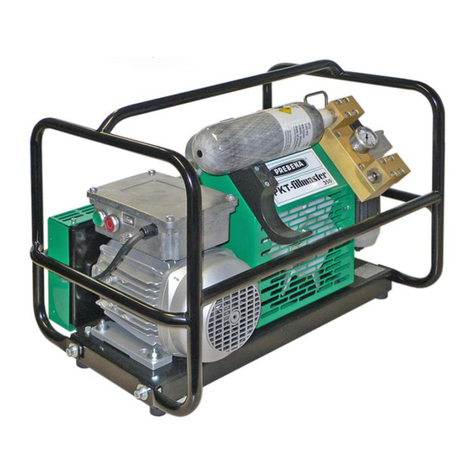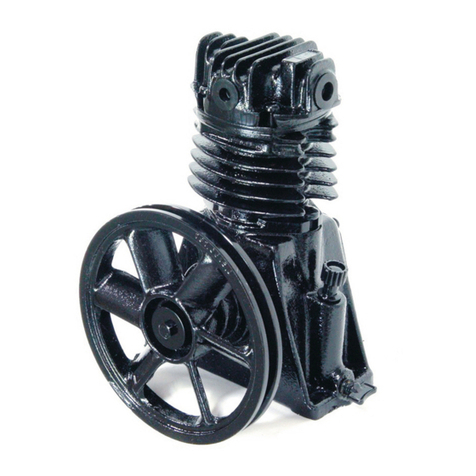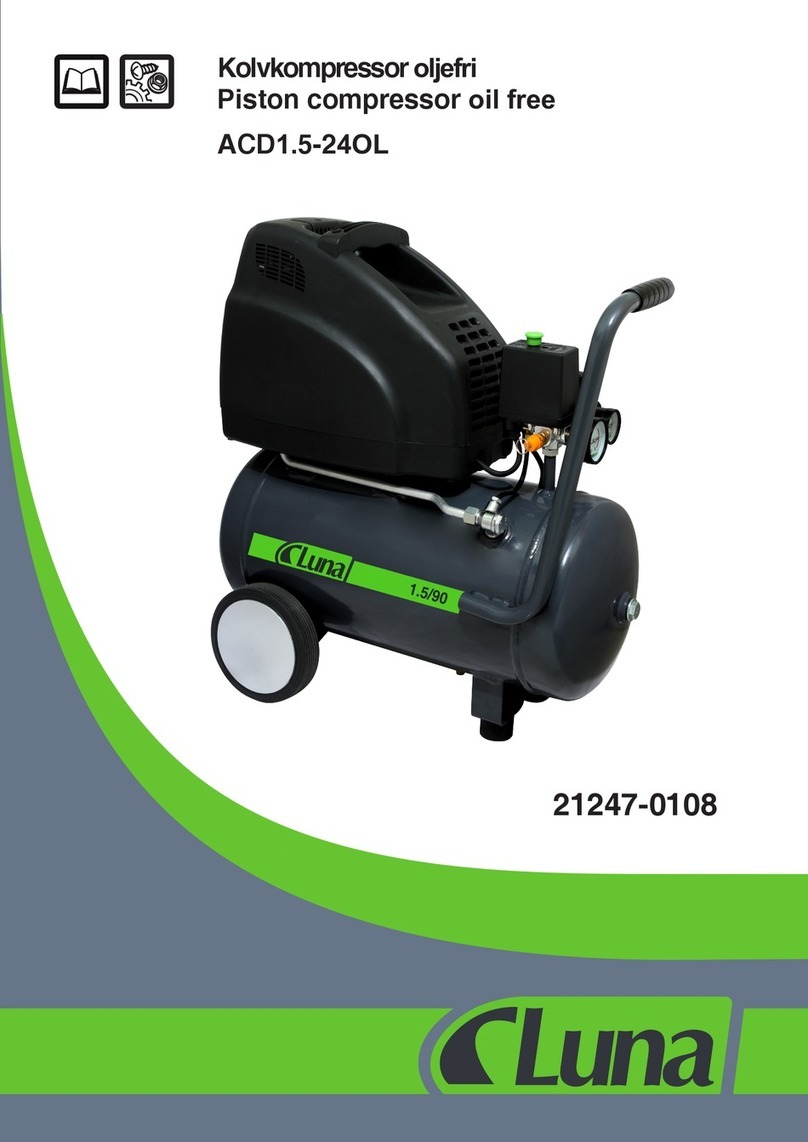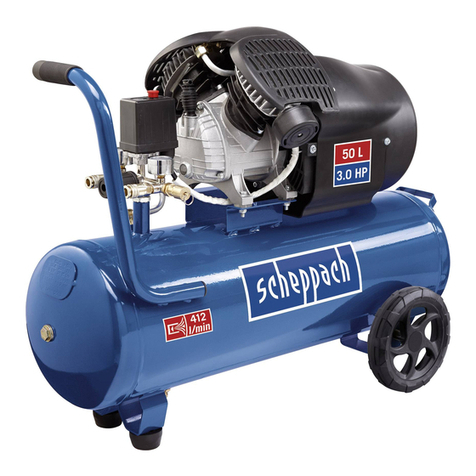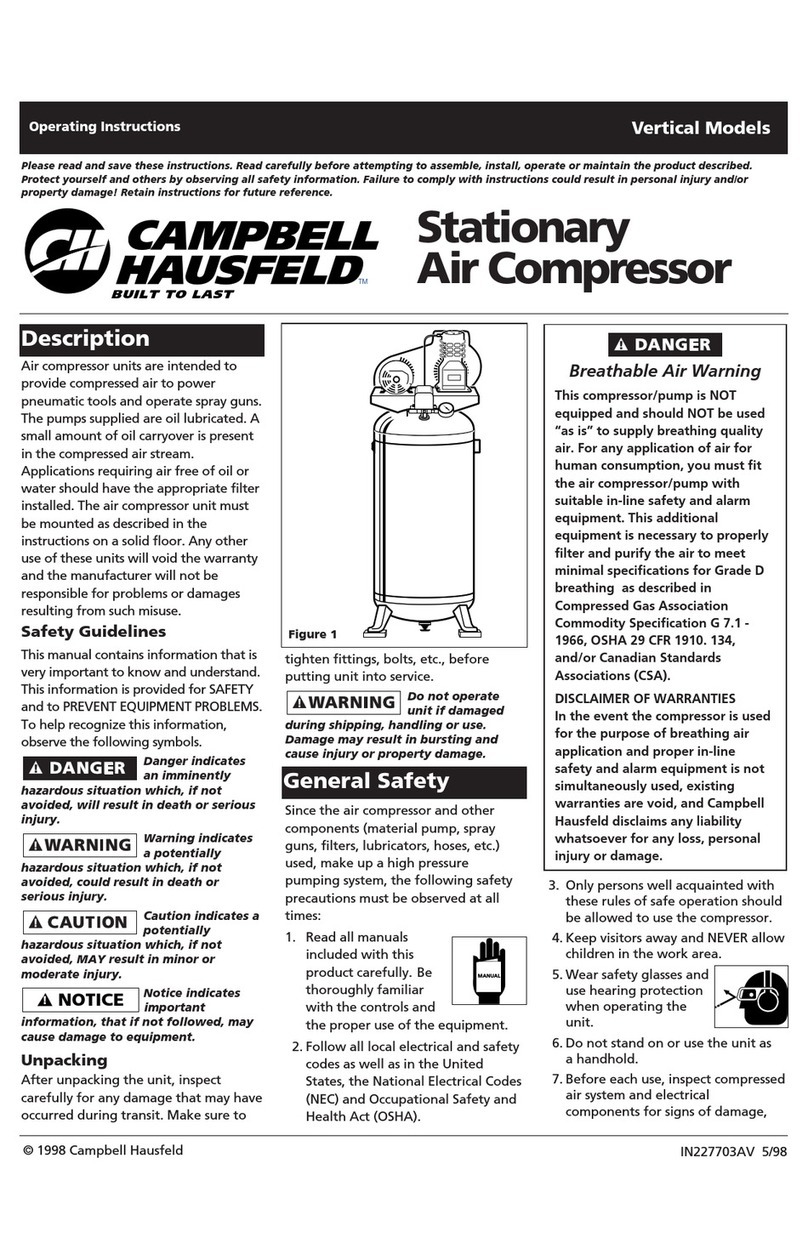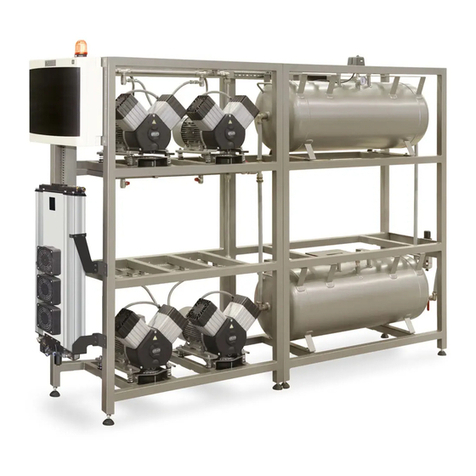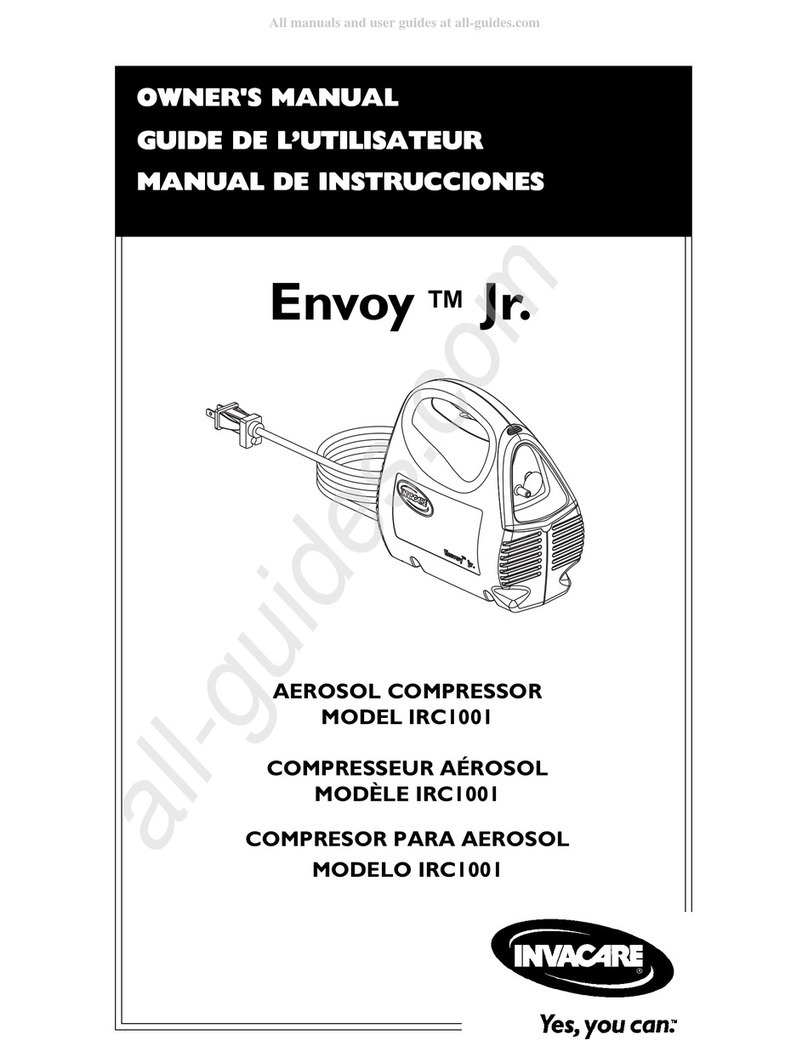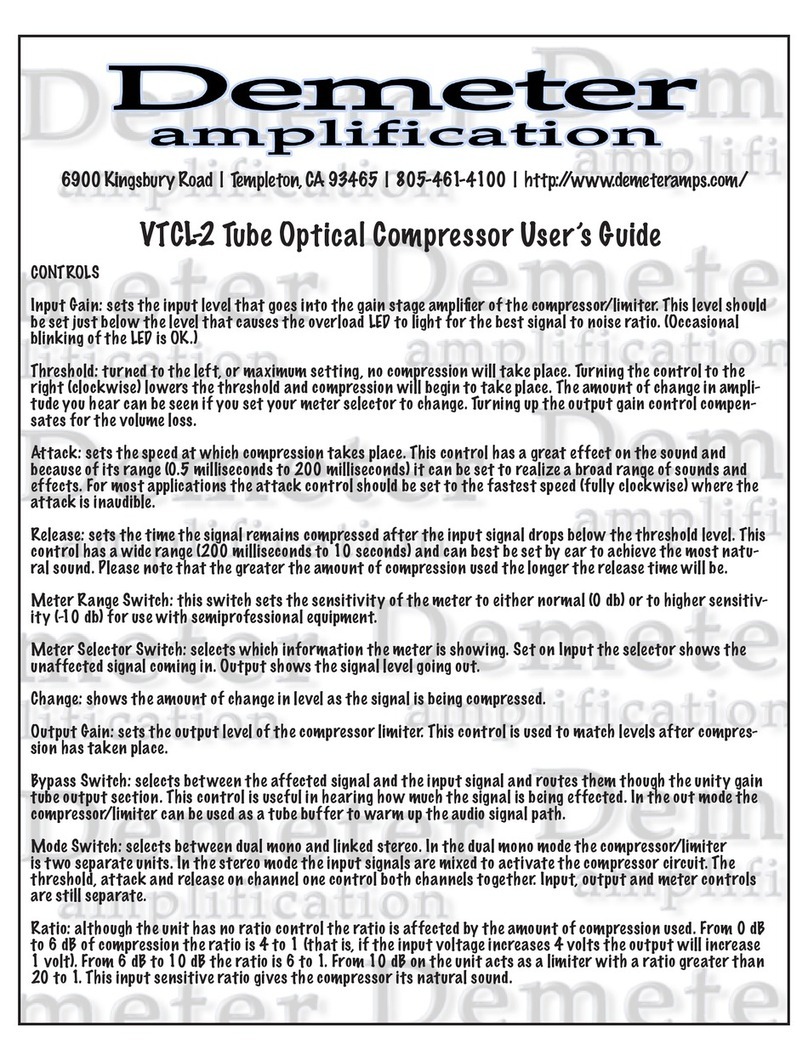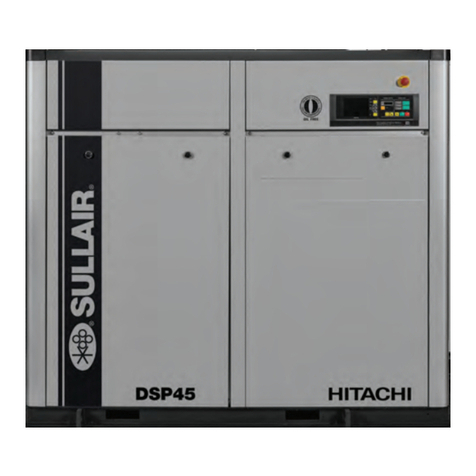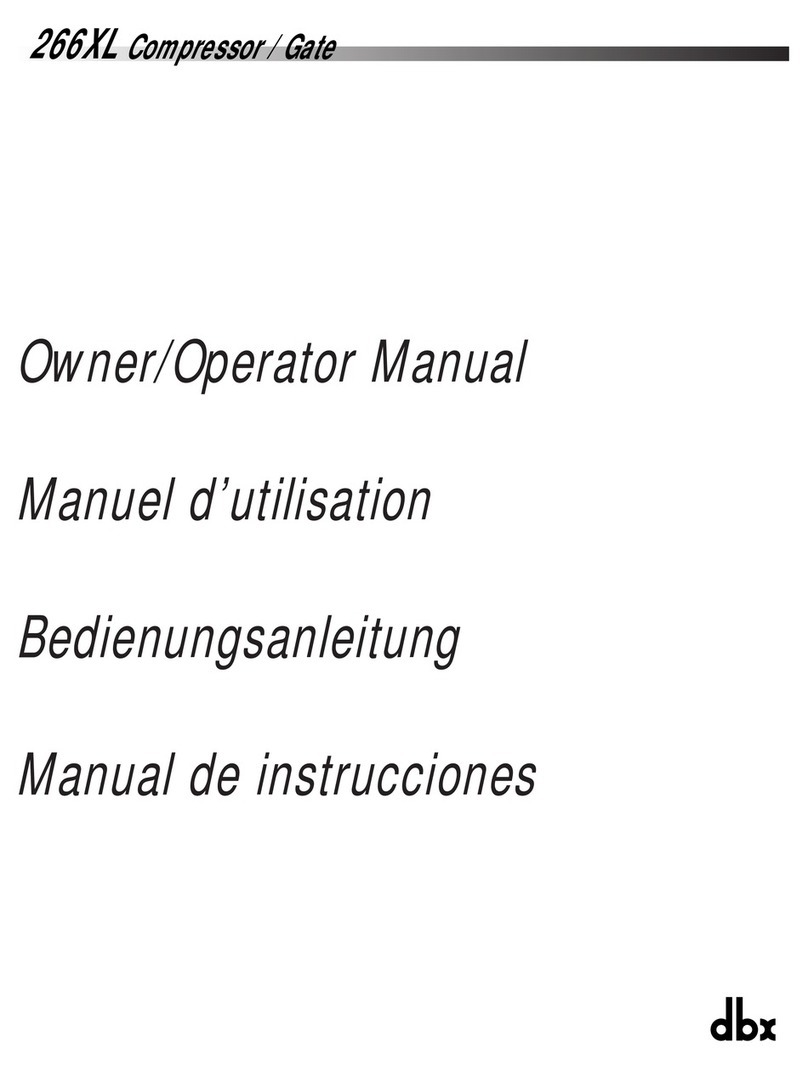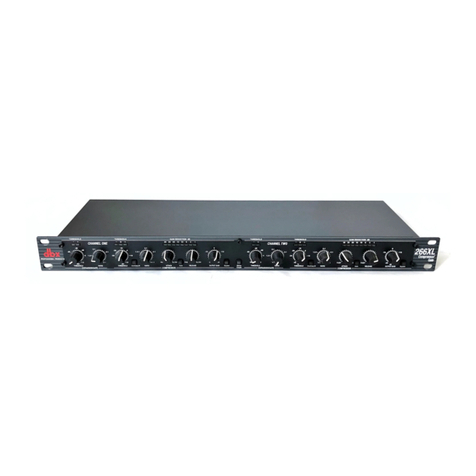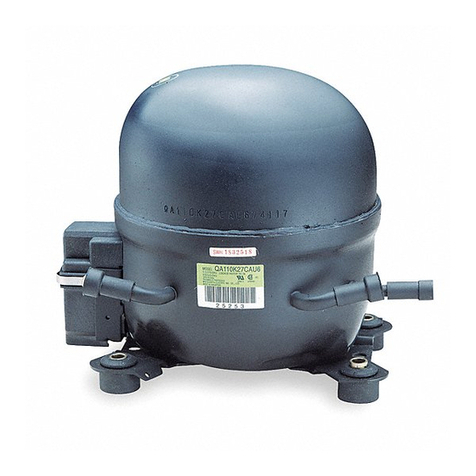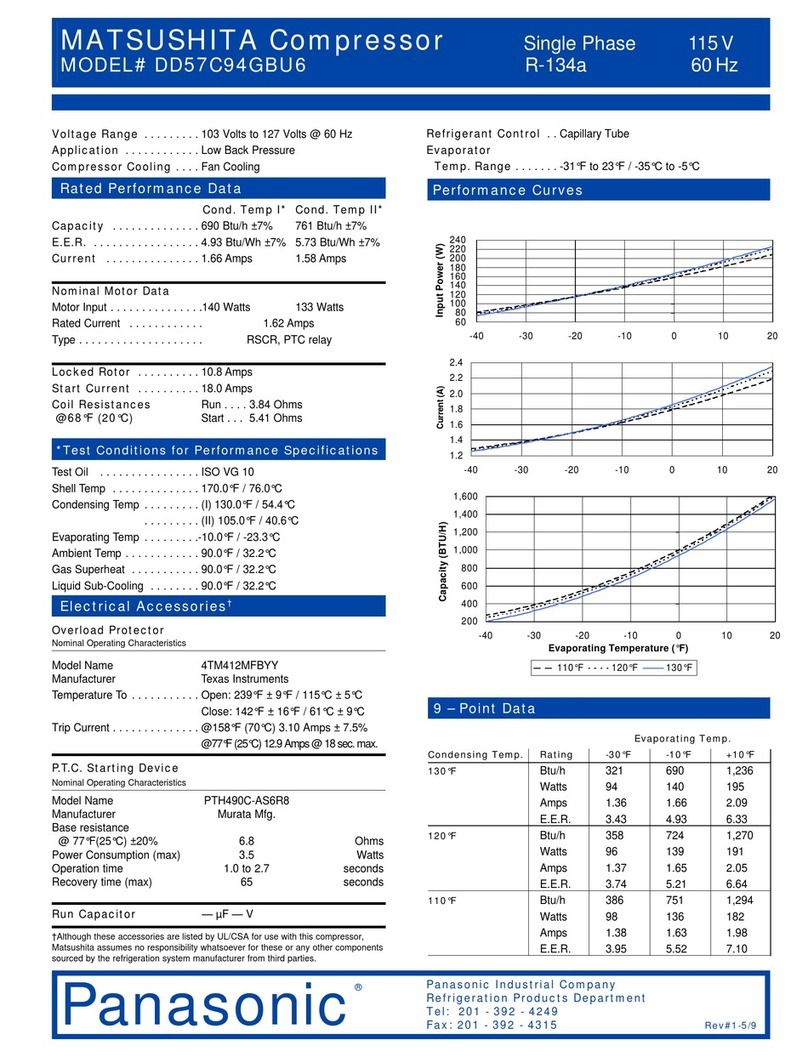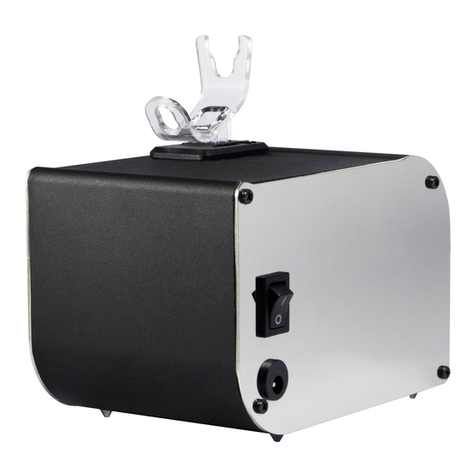Operating Controls
METER.The switch lights indicating the input signal is currently being sent to the meter. When the
switch is in the out position, the output signal is selected for metering, and the switch will not be
illuminated.
Output Gain Control - This control sets the output gain of the compressor. It can be continuously
adjusted between -20 dB and +20 dB. Use this control to compensate for signal level loss due to
compression and to adjust the nominal output level of the unit.
Bypass Switch - This switch bypasses the unit completely, “hard-wiring” the input directly to the output,
and the signal is not processed in any way.The switch will light indicating that the unit is currently
bypassed.
PeakStopPlus™ Level Control - This control sets the level to which the output signal is reduced
whenever it exceeds this level. It can be adjusted between +4 dBu and +22 dBu (OFF).This
PeakStopPlus™ limiter uses a propietary dbx two-stage limiting process.The first stage is the
Instantaneous Transient Clamp™ which clamps the signal with a soft logarithmic clamp function.This
logarithmic function assures that the signal will not exceed the level set by the PeakStopPlus™ LEVEL
control by more than 2 dB typically, and that it will not introduce harsh artifacts.The second stage is a
unique program limiter featuring Intelligent Predictive Limiting™. Its function is to monitor the input signal
and intelligently predict the amount of gain reduction needed to keep the output signal below the ceiling
set by the Instantaneous Transient Clamp™.The PeakStopPlus™ limiter must come after the OUTPUT
GAIN control. If the OUTPUT GAIN is set too high as compared to the PeakStopPlus™ LEVEL control,
continuous limiting can occur. While PeakStopPlus™ is typically used as a protective function, creative
effects can be achieved by intentionally driving the signal into heavy PeakStopPlus™ limiting. Great care
has gone into the design of the PeakStopPlus™ limiter to keep it acoustically transparent. Appropriate
use of it can protect your gear while keeping the signal free of artifacts.
PeakStopPlus™ Threshold (+) LED Indicator - This LED illuminates when the output signal exceeds
the level set by the PeakStopPlus™ LEVEL control indicating that PeakStopPlus™ limiting is occurring.
Figure 3 illustrates the protective action of the PeakStopPlus™ limiter.The signal with the thin line
weight represents an unaltered input signal. As you can see, peaks of the input signal exceed the
clamping level.The signal with the heavier line weight represents the output signal.The peaks of the
input signal which exceeded the clamping level are not allowed to exceed this level at the output.This
instantaneous protective action is invaluable for driver protection in speaker systems and for digital
recording where it is desirable to record as “hot” as possible, while still avoiding the disastrous result of
running out of headroom. Following this clamping action, Intelligent Predictive Limiting™ takes over,
typically within 5ms, as long as the input signal continues to exceed the PeakStopPlus™ threshold.This
program limiter quickly attenuates the input signal to a level safely below the clamping level, typically 2
dB lower than the clamping level.The PeakStopPlus™ level control is calibrated to this lower level, so if
an absolute ceiling is required, set the level 2 to 3 dB below the front panel setting.
The attack and release times of the Instantaneous Transient Clamp™ are zero, while the Intelligent
Predictive Limiting™ attack and release times are program-dependent.That is, for larger excursions over
the threshold, the attack time speeds up, and for smaller excursions over the threshold, the attack time
slows down. Similarly, for large excursions over the threshold which cause more PeakStopPlus™ gain
reduction, the release time increases and is roughly proportional to the amount of gain reduction that
occurred.
5
